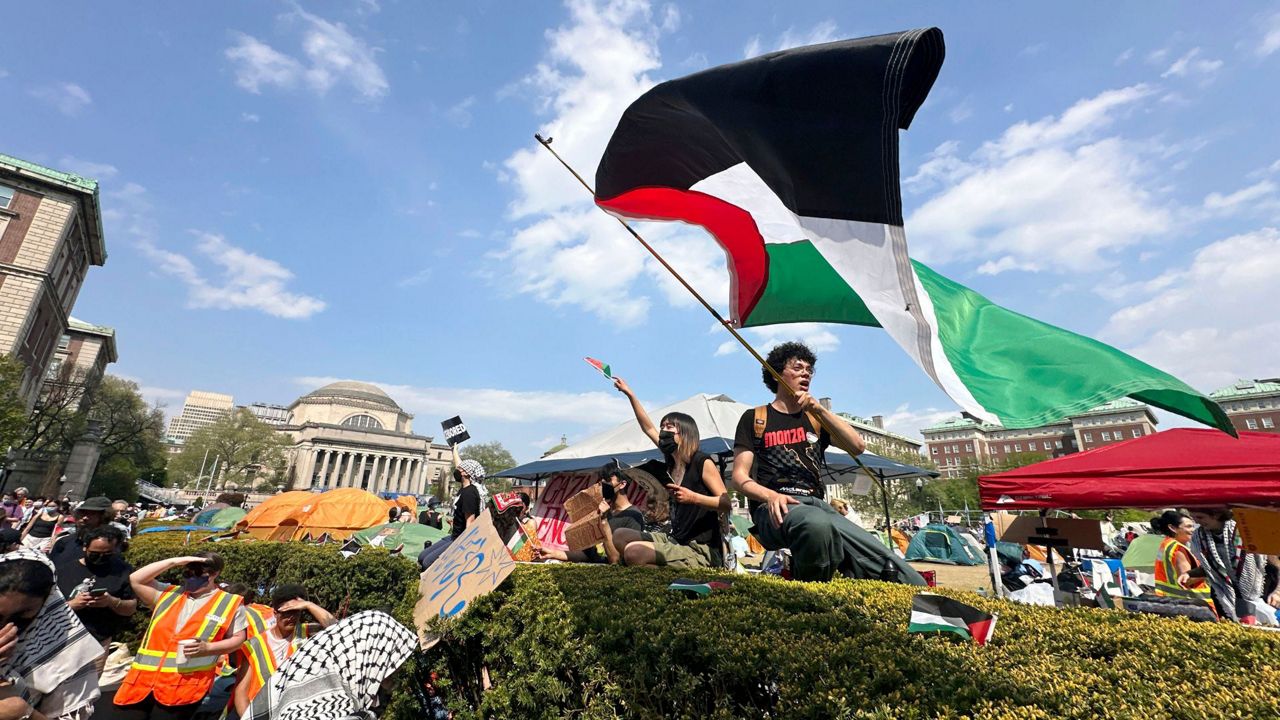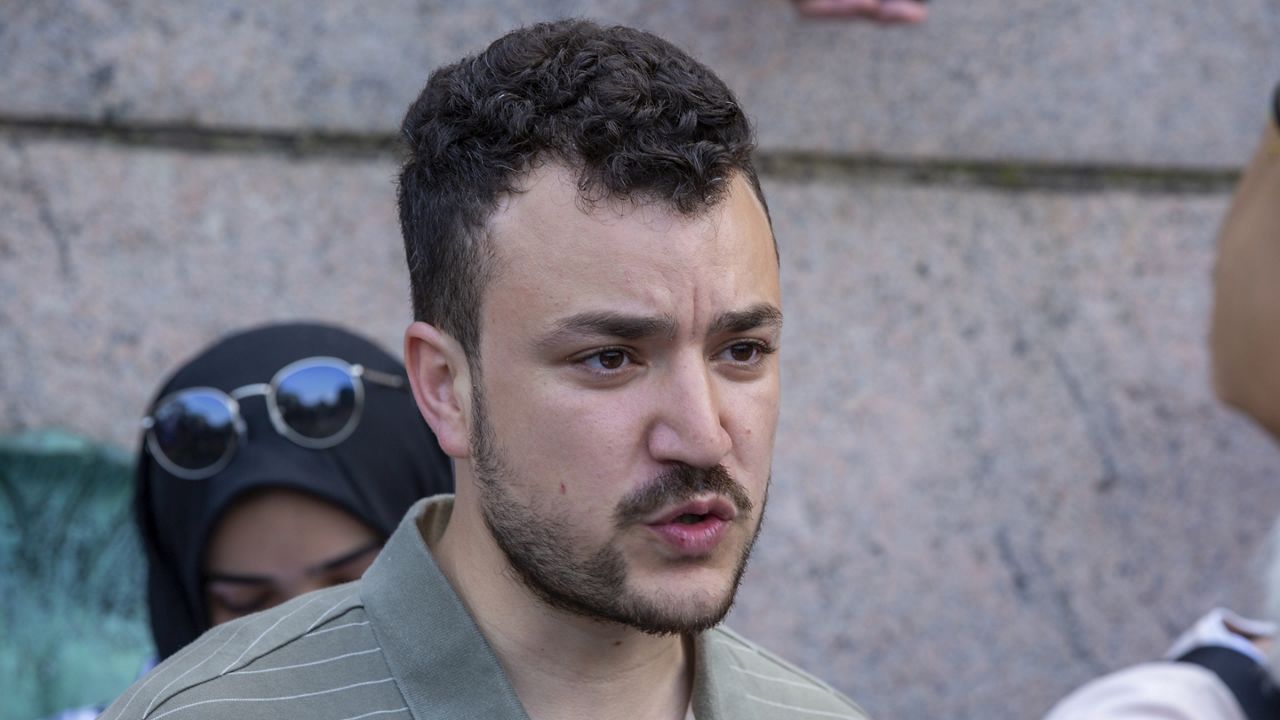Migrant families set to be moved from The Row hotel just days after Christmas got a holiday reprieve when City Hall delayed the implementation of a new policy limiting their shelter stays to 60-days.
But next week, their time will run out — and hundreds of migrant families with children will be forced to leave their rooms at The Row hotel and apply for a new shelter.
It’s a process advocates fear will interrupt children’s education — and could leave some families sleeping on the street while awaiting new shelter, as happened to single adults already forced to re-apply.
“I desperately hope that the city has a better plan in place for families,” Jennifer Pringle, project director at Advocates for Children, said. “You don’t want children outside in this weather. You don’t want anybody outside for prolonged periods of time in this weather.”
The 60-day notices don’t apply to all shelters housing migrants, so far they’ve been handed out to families staying in a class of shelters known as Humanitarian Emergency Response Centers, or HERCs.
“The number one priority is that people don’t end up sleeping on the street,” Stephanie Rudolph, a staff attorney at the Legal Aid Society’s Homeless Rights Project, said. “Obviously, if you’re on the street with your child, ACS could get called, the city could get involved with respect to the children. We want to keep everybody safe, we want to keep families together.”
The second big priority, advocates say, is school, where stability is crucial for homeless children. Homeless students are entitled to bus service if they move — but the city has long struggled to provide it.
“I don’t know where the city is expecting to find new bus routes, or additional capacity within a bus system that is already extremely strained,” Pringle said. “Why this couldn’t wait until the end of the school year is a mystery to me.”
Pringle says she hopes the city will have a data-sharing agreement in place by next week so schools can receive information about the moves to help them coordinate busing, or re-enrollment if families decide to change schools if their commutes become too long. But increased absences are likely.
“If a family doesn’t know where they’re going to be day to day, how can they send their child to school if they don’t know where they’re coming back to?” Pringle asked.
Rudolph, at the Legal Aid Society, says the policy has left their clients with unanswered questions and a lot of stress.
“Sometimes I wonder if the purpose of this ambiguity is to create that stress, and hope that people will find that so unpleasant that they’ll look for other opportunities,” Rudolph said. “But for the most part, clients that I work with wouldn’t be in the HERC system if they didn’t have to be.”
In October, Mayor Adams was repeatedly asked about whether these moves would disrupt the education of migrant children.
“We’re not going to have those children change schools. We want to stabilize their education and so we’re not going to have those children change schools,” Adams said.
Pressed further, he added: “We were very clear. Every child will go back and remain in their school. Okay. Are we on the same page with that?”
Homeless children have a federal right to remain in their school if they move — but in a statement to NY1 on Wednesday, a City Hall spokesperson acknowledged some families would wind up changing schools after moving shelters.
“In New York City, many students transfer schools mid-year for any number of reasons. As always, we will continue to support all students and their families and ensure there is no gap in services as they transition to a new school community,” the spokesperson said.
City Hall says staff working in both shelters and schools would offer help to families next week, with things like transportation or enrollment options — and that the city would do its best to place families in or near the district where their youngest child currently attends school.






_CGPK_Mn_Columbia_Students_Chained_CG)

